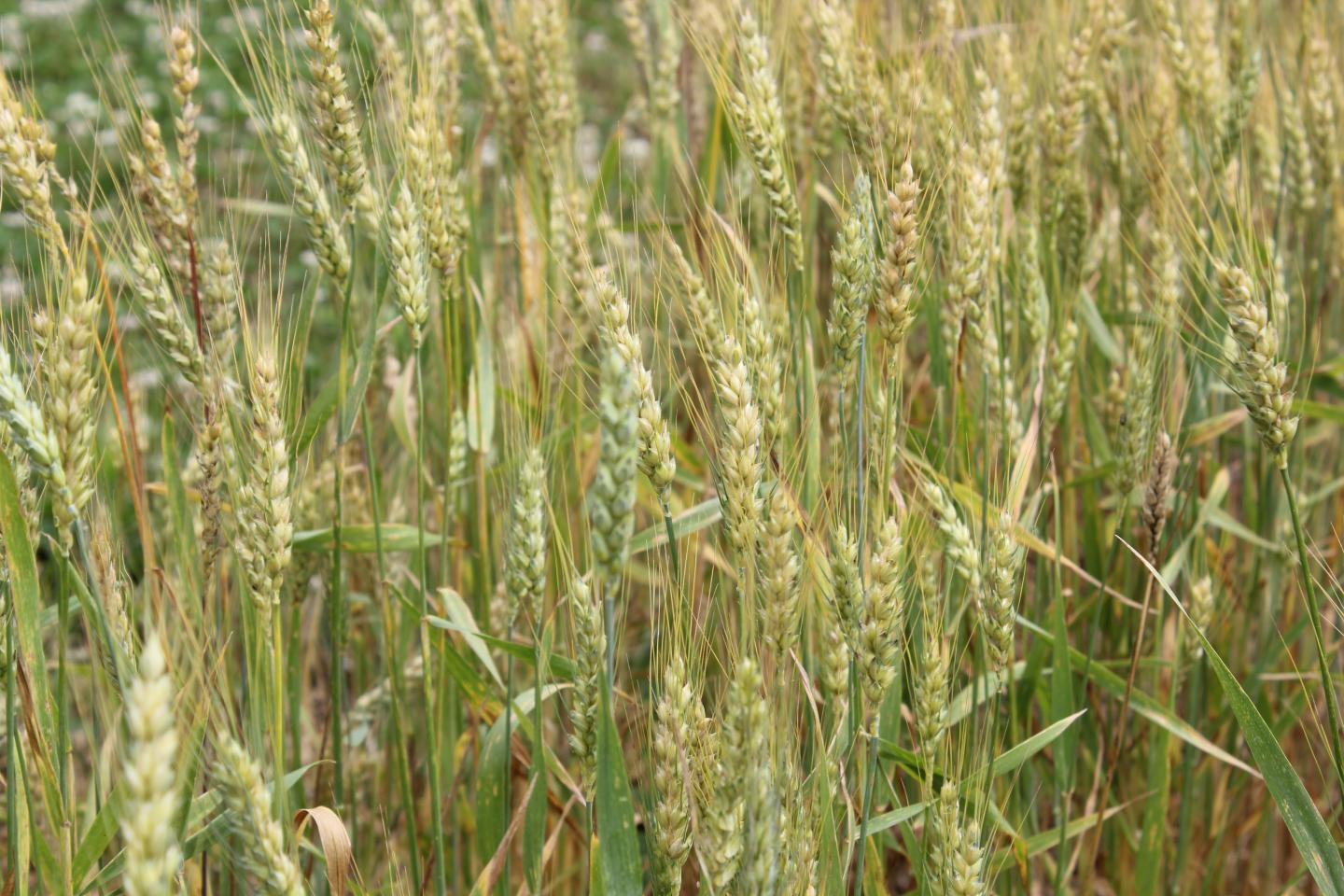
Credit: Ginger Rowsey
JACKSON, Tenn. – The Weed Science Society of America (WSSA) awarded the title of Outstanding Paper in Weed Technology to researchers from the University of Tennessee Institute of Agriculture. Matthew Wiggins, a recent Ph.D. graduate of UT's College of Agricultural Sciences and Natural Resources and Robert Hayes and Larry Steckel, both professors with UT's Department of Plant Sciences, co-authored the paper.
"Evaluating Cover Crops and Herbicides for Glyphosate Resistant Palmer Amaranth Control in Cotton" appeared in Weed Technology in April 2016. The research evaluated four cover crops (cereal rye, crimson clover, hairy vetch and winter wheat) plus combinations of one grass and one legume followed by pre-emergence applications of fluometuron or acetochlor.
The study showed that combinations of grass and legume cover crops accumulated the most biomass and reduced Palmer amaranth emergence by half compared to non-cover-treated areas. However, by 28 days after application, the cereal rye and wheat cover crops provided the best Palmer amaranth control.
Herbicide-resistant weeds are a significant threat to agronomic crop production across the globe. Besides lost yields, Steckel estimates the costs of additional management can run from $35 – $100 per acre, depending on the crop. Integrating cultural practices, like cover crops, in weed management programs has been a central theme in UTIA weed science research for the past decade as scientists search for solutions to herbicide resistance.
The Outstanding Paper award was presented February 6, 2017, during WSSA's annual meeting in Tucson, Arizona. "We're proud to honor true innovators who are making a significant mark on weed science through their commitment to research, education and teaching," said Janis McFarland, 2017 annual meeting program chair and incoming president of WSSA.
###
The study was conducted at the West Tennessee AgResearch and Education Center in Jackson, Tennessee, and was partially funded by Cotton Incorporated through the Tennessee Cotton State Support Committee.
Through its mission of research, teaching and extension, the University of Tennessee Institute of Agriculture touches lives and provides Real. Life. Solutions. ag.tennessee.edu
Media Contact
Ginger Rowsey
[email protected]
731-425-4768
@UTIAg
http://ag.tennessee.edu
############
Story Source: Materials provided by Scienmag





